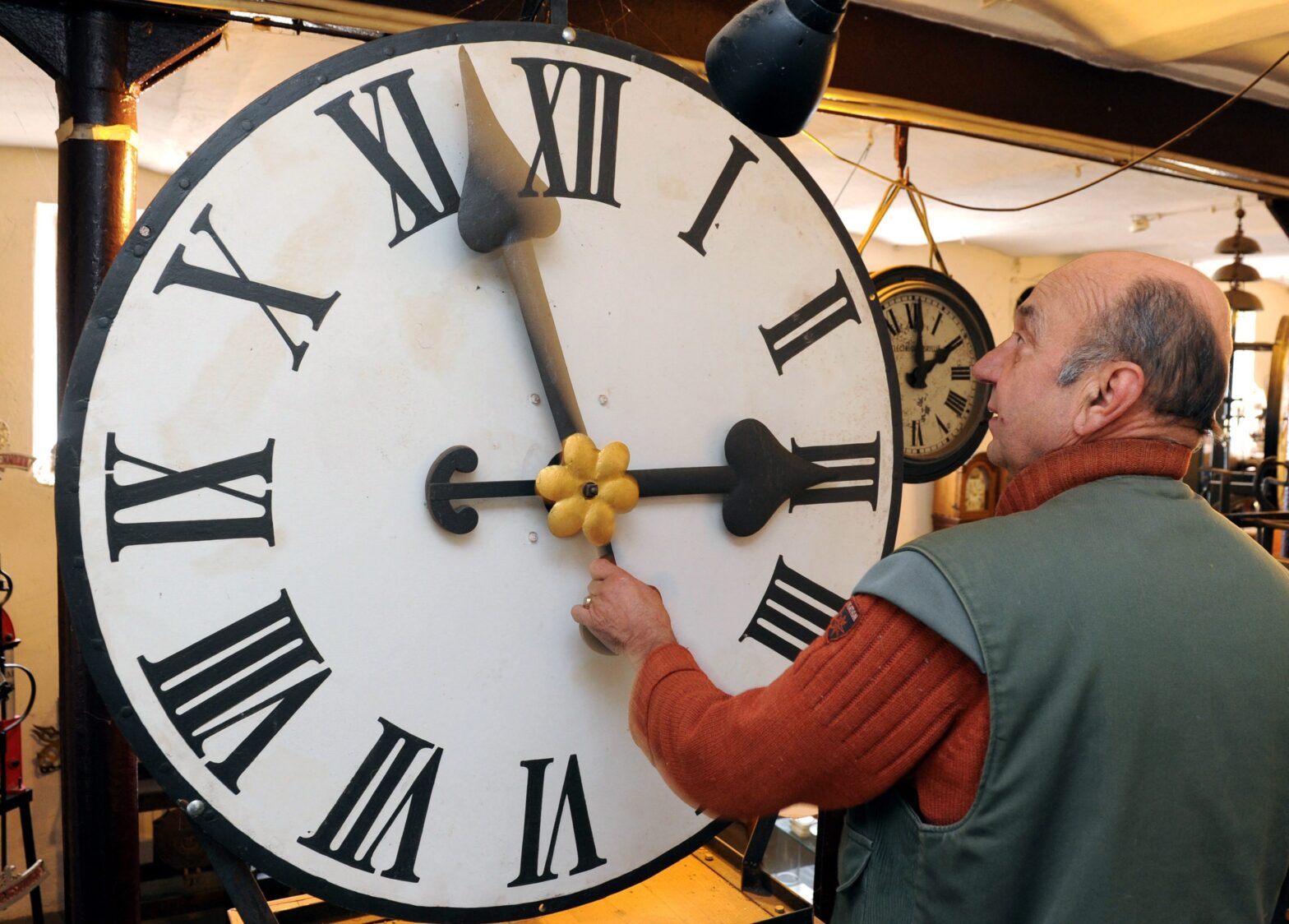The objective of this study is to document European civil society organizations’ (CSOs) best practices in combating corruption. The presented strategies and tactics could serve as an inspiration for similar anti-corruption efforts.
The study is structured in two parts. Part one contains a map of European civil society organizations combating corruption listed in chapter 2. Mapping has been conducted through advanced internet research, searching the specialized database www.againstcorruption.eu, reading related reports and communication with experts active in the anti-corruption field. As a result, 127 CSOs from more than 30 European countries were found to perform various types of activities with anti-corruption impact. For the purposes of this study (the whole study you can read here) an extended definition of ’anticorruption impact’ is taken as the basis.
It includes all activities aimed at increasing transparency of public bodies, engaging the public in the decision-making process, enhancing scrutiny initiatives and implementation of effective repressive anti-corruption measures. According to this definition, the following types of activities have been identified:
Types of anti-corruption activities:
• IT applications for more effective public scrutiny
• E-democracy tools
• Monitoring
• Research
• Analysis
• Disclosure
• Legislative changes
• Highlighting positive examples
• Advocacy campaigns
• Capacity building
• Networking
Part two provides a collection of CSOs’ best practices in combating corruption covering each activity type. In order to choose the most effective and successful anti-corruption stories among 127 CSOs and their strategies, the following selection criteria have been applied:
a) The project must have a measurable anticorruption impact
b) The project must draw international attention of the CSO community or European media
Consequently four anti-corruption activities have been selected and are presented in chapters 3-6. Each chapter has a case study format, describes the chosen activity in detail and identifies factors that played an important role and contributed to the positive output. The analysis is based on online search, going through relevant academic journals and contacting the CSOs. Finally, activities similar to the best practice are listed at the end of each chapter.
A Slovak watchdog organization based in Bratislava. The Fair-play Alliance uses investigative journalism to highlight uneconomical, non-transparent and unethical activities in the management public funds. It aims to contribute to a more professional, responsible and open administration of the state. The Alliance keeps developing modern technological instruments that help to increase transparency in public funds management and civic control. Further information available at www.fair-play.sk.
